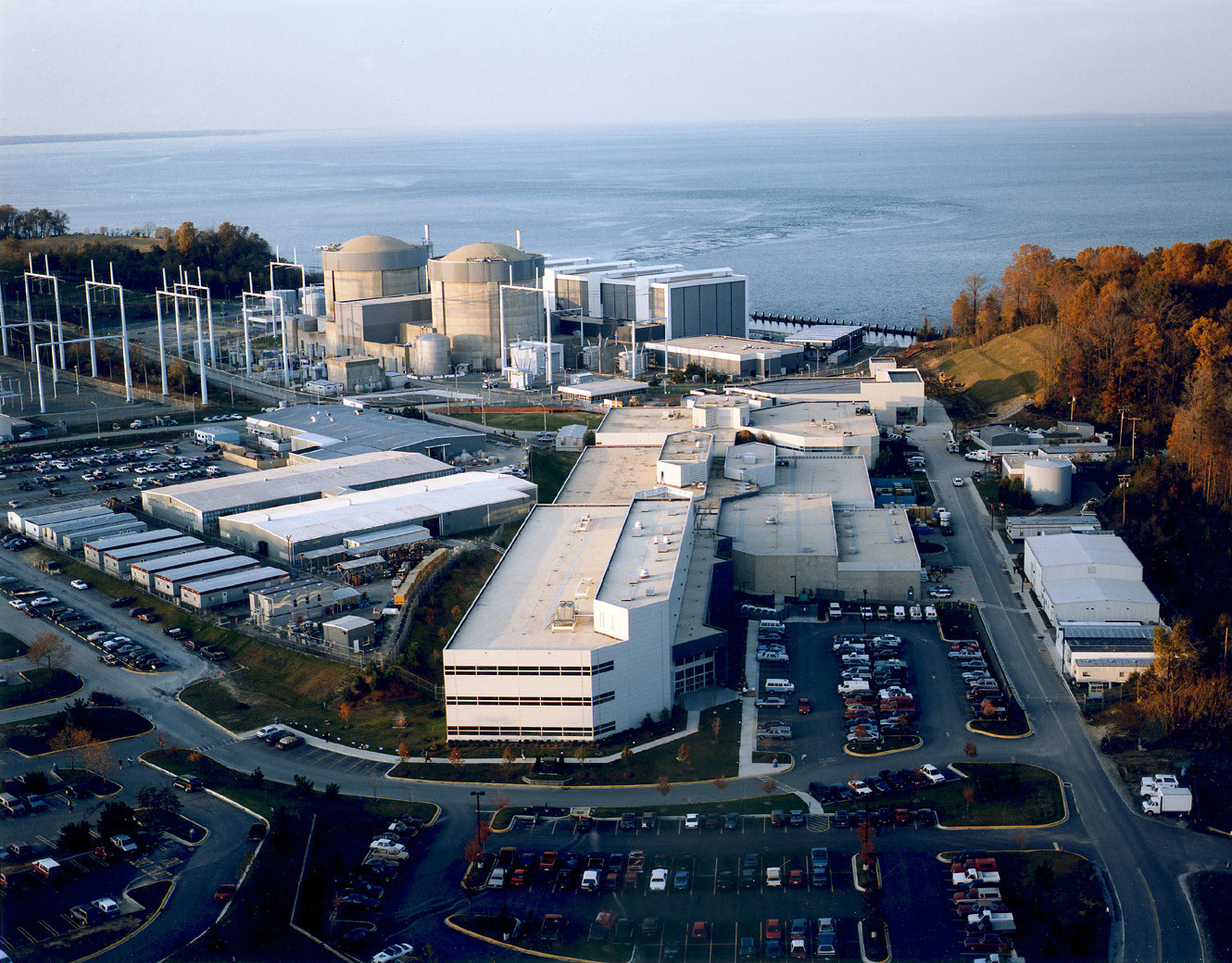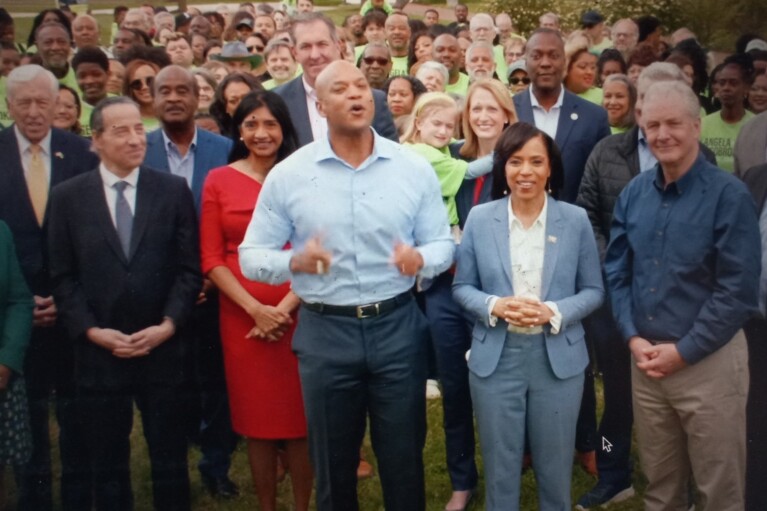Commentary: Will Hogan’s support help destigmatize nuclear energy?

By Jack Marino
The writer was raised in Chevy Chase and is a student at Dartmouth College. He is a member of the American Conservation Coalition Action, a group for conservative environmentalists. ACC Action has not endorsed a candidate in the Maryland Senate race.
Growing up in Montgomery County, I took the region’s natural beauty for granted. I didn’t see anything special in the cherry blossoms each spring, the ancient trees of Rock Creek Park, or the flourishing ecosystem along the Chesapeake Bay. However, as I grew older and spent more time away, I came to appreciate the natural beauty surrounding me at home.
When I drove home from the airport along Rock Creek Parkway, I would gaze out across the glimmering Potomac River before immersing myself in the forest of Rock Creek Park. Although experiences like this instilled within me an appreciation for Maryland’s natural beauty, I also noticed the impact of climate change on Maryland’s environment. From algae blooms on the Potomac River to changing weather patterns to smoke from forest fires, Maryland is unsurprisingly not immune from our failure to address climate issues.
In 2020, when then-Gov. Larry Hogan launched Maryland’s Clean and Renewable Energy Standard (CARES) plan along with a variety of initiatives aimed at Chesapeake Bay restoration, I grew optimistic about the future of Maryland’s climate. In Hogan’s proposed CARES plan, the state would subsidize nuclear energy companies by offering them clean energy credits to achieve the goal of 50% clean electricity generation by 2030. While Hogan’s plan was ultimately defeated in the Maryland Senate, it offered Maryland voters a pragmatic and achievable vision of a clean nuclear-energy-driven future.
Now that Hogan has launched a bid for one of Maryland’s U.S. Senate seats, he positions himself as an advocate for clean nuclear energy on a national level.
Hogan’s plan to promote nuclear energy as a complement to traditional renewable power offered a pragmatic solution to reducing the state’s reliance on fossil fuels. While the energy output of traditional renewable energy options — like wind and solar power — fluctuates with changes in weather conditions, nuclear reactors provide a constant source of energy.
In fact, although wind and solar power normally require supplemental power from natural gas, Maryland’s Calvert Cliffs nuclear power station provides consistent supplemental power for the state’s renewable energy sector when it is not running efficiently. As a result, Maryland has reduced its natural gas consumption such that it now ranks among the 10 states with the lowest per capita natural gas use. Not only is Maryland’s Calvert Cliffs nuclear reactor profitable, but it also supplies almost 40% of the state’s total energy production,demonstrating that nuclear energy can be economically viable in both Maryland and the wider United States.
Although nuclear energy has garnered the reputation of being unpopular and dangerous in American politics, nuclear energy ranks as the second safest method of energy production just above solar power in deaths per terawatt-hour of electricity. The same survey also ranked nuclear power, which produces nearly half as much carbon as wind power and almost a ninth of the carbon of solar power, as the cleanest method of energy production. This data is also supported by popular sentiment, as over 91% of residents who live near a nuclear power plant have a favorable impression of the energy source.
Young voters, especially young conservatives, are leading the charge to destigmatize, deregulate, and encourage the development of nuclear energy. A plurality of young conservatives want to see more action from Congress on climate change, suggesting that the next generation of Republican voters will push the party to search for pragmatic solutions to climate change. When asked about solutions to the climate challenge, young Republican voters listed nuclear and renewable energy sources as their two climate solutions, demonstrating that young conservatives embrace Hogan’s “all of the above” clean energy vision.
Larry Hogan’s U.S. Senate bid presents an opportunity to galvanize young conservative voters on pragmatic climate policy. Since many young Republicans embrace Hogan’s work on nuclear and renewable energy, Hogan’s candidacy paves the way for a new cohort of conservative leaders who are eager to tackle climate change with practical solutions.
By embracing Hogan’s approach to clean energy, young conservatives can bridge the partisan divide on climate issues and protect the environment for both Maryland and the nation as a whole.




 Creative Commons Attribution
Creative Commons Attribution